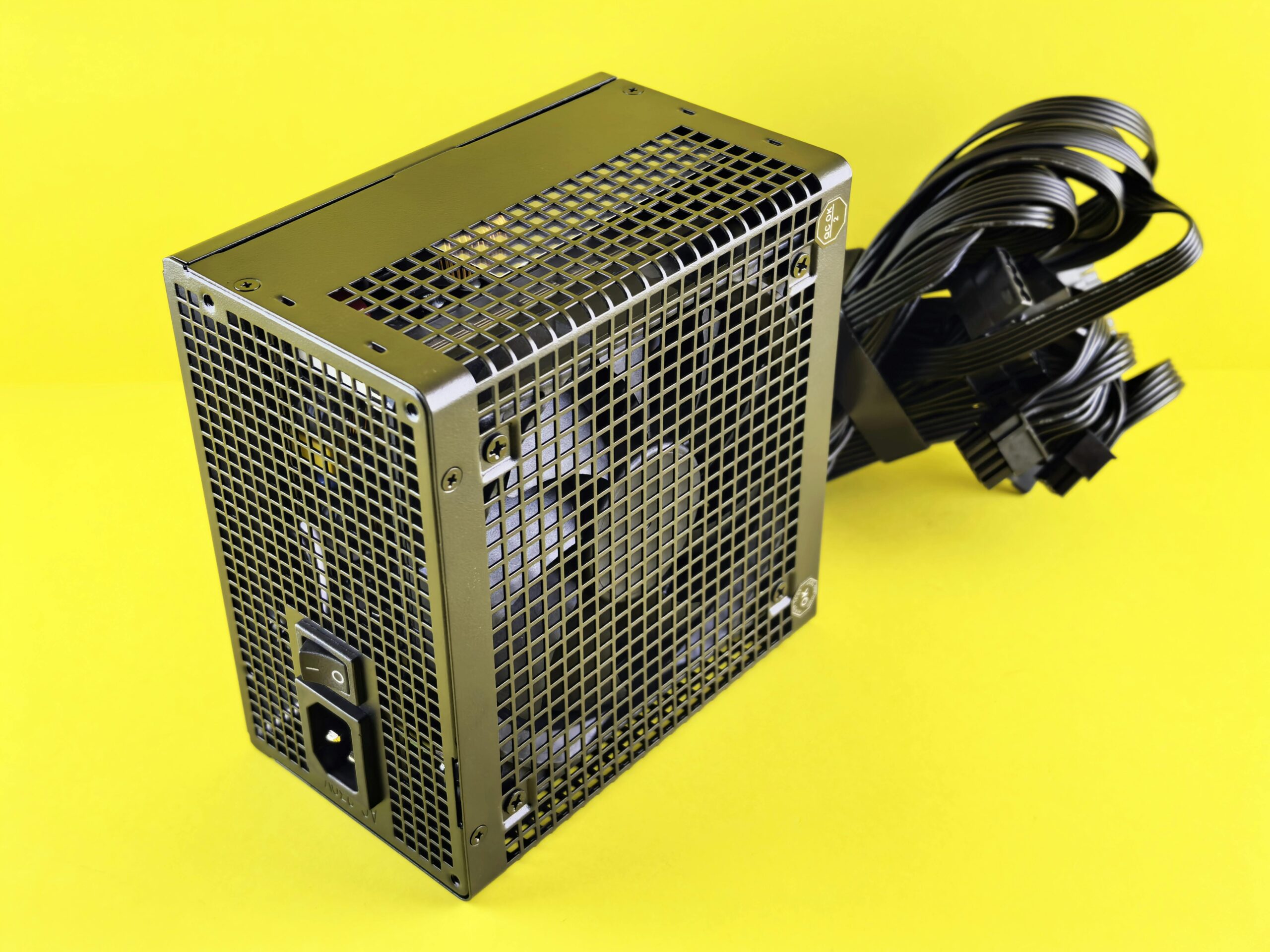Best Safe Power Supplies for Retro Consoles (2025)
One of the biggest risks to your retro consoles isn’t the TV or controller — it’s a bad power supply. Here’s how to avoid frying your NES, SNES, N64, GameCube, Wii, Genesis, or PS1 with a cheap brick, and which modern replacements are safe.
Key Takeaways
- Avoid unbranded clones: Unregulated output can damage consoles.
- Use official bricks if they’re tested and stable; otherwise choose a regulated replacement.
- Match voltage, polarity, and plug size every time; don’t assume “close enough.”
Why Safe Power Supplies Matter
Old consoles are resilient, but a faulty PSU can send over-voltage and fry chips, cause noise/hum that distorts A/V, or starve the system of current, leading to freezes. Spend a little more on a regulated unit and protect your hardware.
Pair this with our HDMI & upscaler guide and lag tips for a smooth modern setup.
Best Power Supply Options — Comparison
| Type | When to Use | Pros | Cons | Buy |
|---|---|---|---|---|
| Original PSU (tested) | Your OEM brick still works | Designed for the console; generally safe | Aging caps; can fail without warning | Browse OEM → |
| Modern Regulated PSU | Primary daily-use replacement | Stable voltage/current; safer than clones | Costs more than ultra-cheap bricks | See Options → |
| Multi-Console PSU | You own several systems | One brick; swap tips for different consoles | Must verify voltage/polarity per tip | Shop Multi-Console → |
Safe Power Picks by Console
Nintendo NES
- OEM: Fine if tested and not overheating.
- Replacement: NES regulated PSU.
SNES
- Official brick: Generally reliable if stable on a meter.
- Modern option: SNES replacement PSU.
- Related: Best SNES Controllers.
N64
- Unique PSU module: Plugs into the back of the console.
- Best bet: Regulated N64 PSU (avoid feather-light clones).
- See also: Best N64 Controllers.
GameCube
- OEM: Usually rock solid.
- Replacement: GameCube PSU.
Wii
- Official bricks: Hold up well over time.
- Replacement: Wii PSU if originals fail.
- Related: Best Wii Controllers.
Sega Genesis / Mega Drive
- Note: MK1 vs MK2 have different power needs and barrel sizes.
- Replacement: Genesis PSU — verify polarity and voltage.
PlayStation 1 (PS1)
- Small external brick; replace if it hums, overheats, or drops voltage.
- PS1 replacement PSU is a safe swap.
How to Spot a Bad PSU
- Suspiciously light casing → likely unregulated.
- No branding or safety marks → avoid.
- Buzzing, heat, or smell → retire immediately.
Quick Test Checklist
- Verify voltage at the plug with a multimeter (no-load overvoltage is common on cheap bricks).
- Confirm polarity (center-positive vs center-negative) and barrel size.
- Make sure it can supply enough current (amps) — equal to or higher than OEM spec.
Next Steps
Protect your video quality too: see our HDMI & upscaler guide. For input feel and comfort, check SNES, N64, GameCube, and Wii controller guides.
Disclosure: As an Amazon Associate, RetroRigged earns from qualifying purchases — at no extra cost to you.


I discovered your blog site on google and check a few of your early posts. Continue to keep up the very good operate. I just additional up your RSS feed to my MSN News Reader. Seeking forward to reading more from you later on!…